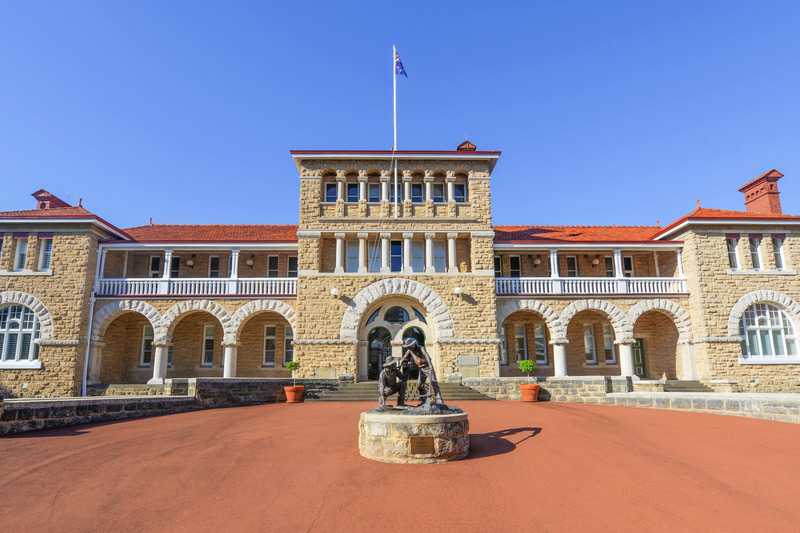Australia’s unemployment rate remained steady at 4.1% in October, with the number of employed people rising by 15,900 in seasonally adjusted terms.
Alongside this, there was a decline in underemployment and youth unemployment, indicators that suggest job availability even for those seeking more hours or lacking experience.
Emerging trend
But analysts suggest the slowing pace of employment growth could signal an emerging trend, saying that if inflation continues to decrease, the RBA may look at cutting interest rates early in the new year, though this will still depend on price behaviours.
Reserve Bank of Australia (RBA) forecasts align with this deceleration, projecting the unemployment rate to rise slightly to 4.3% by the end of the year.
October’s employment data from the Australian Bureau of Statistics (ABS) demonstrates a more gradual rate of job growth compared to previous months.
Full-time employment increased by 9,700 positions, while part-time work grew by 6,200.
Overall, employment rose by 15,900 – significantly below September’s increase of 61,300 and well under the average 0.3% monthly increase recorded over the past six months.
Wages cooling too
Alongside cooling job growth, wages have also shown signs of slowing, rising at an annual rate of 3.5% in the September quarter, down from 4.1% in June.
Headline inflation has also moderated, dropping to 2.8% annually as of September.
Despite these figures, the labour market has remained unexpectedly robust, which aligns with the RBA’s soft landing objectives.
